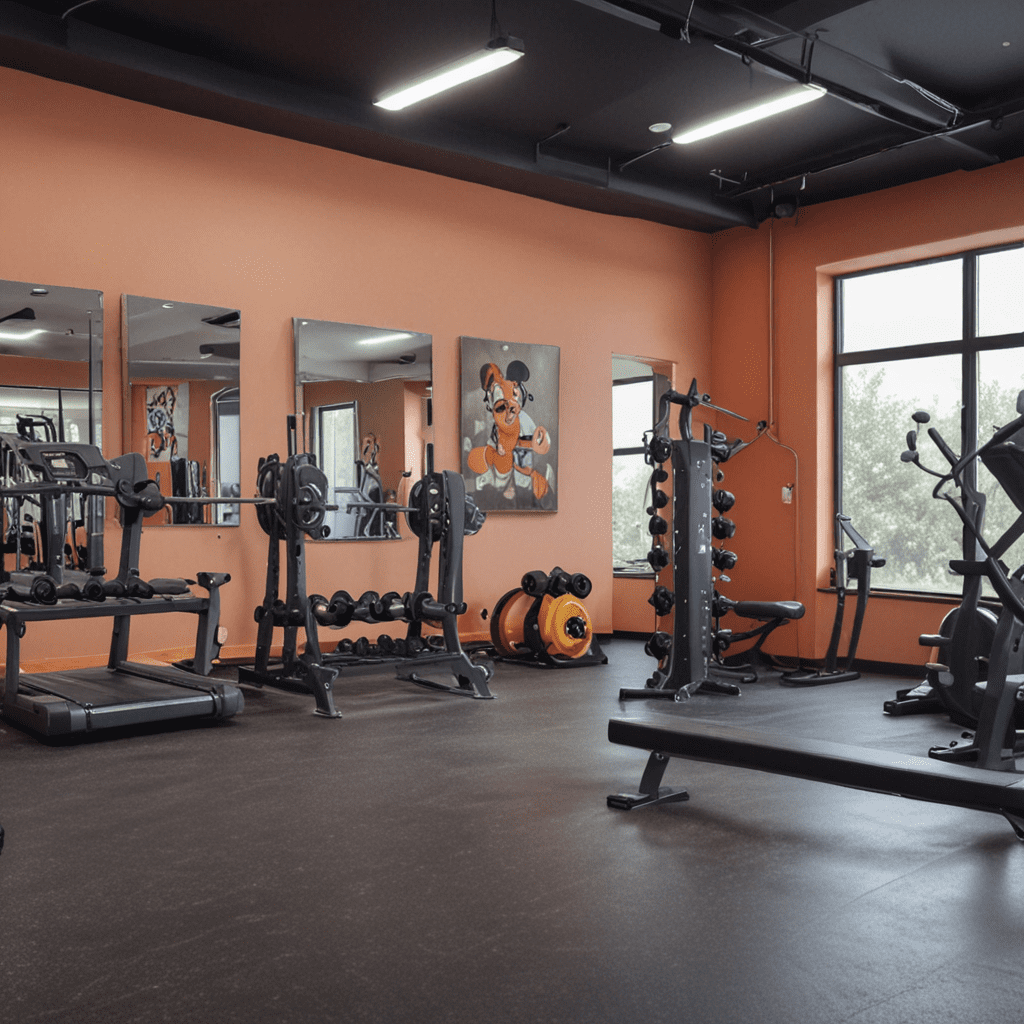
Creating a Supportive Environment for Children's Fitness
Establish a Positive Attitude
A positive attitude towards fitness is essential for children to develop a lifelong love of physical activity. Parents and caregivers can foster this attitude by:
- Praising children for effort and participation, rather than focusing solely on performance.
- Encouraging children to try new activities and not be afraid of failure.
- Avoiding negative comments about weight or body image.
- Promoting a healthy body image by discussing the importance of health and fitness over appearance.
Set Realistic Goals
Setting realistic goals is crucial to avoid discouragement and maintain motivation. Children should be encouraged to set goals that are achievable but still challenging. Parents and caregivers can help by:
- Collaborating with children to establish goals that align with their interests and abilities.
- Breaking down large goals into smaller, more manageable steps.
- Celebrating progress and acknowledging efforts, regardless of the outcome.
Provide Opportunities for Physical Activity
Children need ample opportunities to engage in physical activity throughout the day. Parents and caregivers can create these opportunities by:
- Scheduling regular family activities that involve movement, such as walks, bike rides, or playing sports.
- Enrolling children in sports, dance classes, or other physical activity programs.
- Providing access to outdoor play areas and encouraging free play.
- Incorporating movement into daily routines, such as walking to school or playing active video games.
Creating a Supportive Environment for Children's Fitness
6. Foster a Sense of Belonging
Creating a welcoming and inclusive environment fosters a sense of belonging, encouraging children to feel comfortable participating in physical activity. Parents and caregivers can:
- Respect children's choices and preferences, providing options to ensure they find enjoyable activities.
- Encourage collaboration and teamwork in activities, promoting a shared sense of purpose.
- Create a positive atmosphere where children feel safe and supported, fostering confidence and a willingness to explore new activities.
7. Collaborate with Schools and Communities
Schools and communities play a crucial role in supporting children's fitness. Collaborating with these entities enhances opportunities:
- Partnering with schools to implement physical activity programs during and outside school hours.
- Supporting local parks and recreational facilities to provide accessible spaces for play and organized activities.
- Advocating for policies that prioritize safe and active school environments and infrastructure.
8. Model Healthy Habits
Children learn through observation, making parental and caregiver role modeling essential. Parents can:
- Engage in regular physical activity themselves, demonstrating the enjoyment and benefits of fitness.
- Make healthy food choices, fostering a positive relationship with nutrition and healthy eating habits.
- Prioritize sleep, setting an example of the importance of rest and recovery.
9. Celebrate Successes
Recognizing and celebrating children's accomplishments, regardless of their size, builds motivation and self-esteem. Parents can:
- Encourage children to track their progress, setting milestones and celebrating each achievement.
- Provide verbal praise, positive reinforcement, and tangible rewards that support their efforts.
- Foster a growth mindset that emphasizes effort and improvement over perfection.
10. Address Challenges Proactively
Barriers to fitness may arise, and addressing them proactively ensures a supportive environment. Parents can:
- Identify potential obstacles, such as time constraints or lack of resources.
- Explore alternative solutions, such as adjusting schedules or finding free or low-cost activities.
- Collaborate with healthcare professionals to address any physical or health concerns that may impact participation.
FAQs
- How much physical activity do children need? Children should aim for at least 60 minutes of moderate to vigorous physical activity daily.
- What types of activities are best for children? Any activity that gets children moving can be beneficial, such as sports, dance, playing outdoors, or active video games.
- How can I make physical activity fun for my child? Encourage activities that align with their interests, set realistic goals, and make it a social or family activity.
- What if my child is overweight or obese? Follow the same principles of establishing a positive attitude, setting realistic goals, and providing opportunities for movement. Consult a healthcare professional for personalized guidance.
- How can I create a healthy home environment? Provide a variety of healthy foods, limit screen time, and create opportunities for active play in the home environment.


